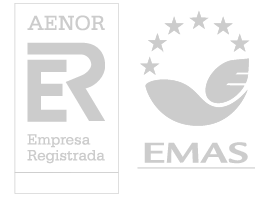INTERNATIONAL COURSE ON ELECTRIC MOTORS FAULT DIAGNOSIS BASED ON THE ADVANCED ANALYSIS OF MOTOR CURRENTS
- Desde: 25/10/21
- Hasta: 28/10/21
- Campus de Valencia
- Idioma: Inglés
- Online
Preinscripción desde el 15/9/21
Promovido por:
INSTITUTO TECNOLÓGICO DE LA ENERGÍA
Responsable de la actividad:
Jose Alfonso Antonino Daviu
Modalidad
| Presencial | Online | Emisión en directo |
|---|---|---|
|
0 horas |
0 horas |
16 horas* |
| Horario |
|---|
|
Mañana y Tarde
|
| Lugar de impartición |
|---|
| The course will be delivered via Teams (ONLINE) |
Asistencia
ONLINE
2021-2022
0
Valencia
Presenciales
Online
| Precio | Colectivo | Plazos |
|---|---|---|
| 550 € | Alumni UPV PLUS o AAA UPV | 1 plazo |
| 550 € | Personal UPV | 1 plazo |
| 550 € | Alumno UPV | 1 plazo |
| 750 € | Público en general | 1 plazo |
550,00 € - Personal UPV
550,00 € - Alumno UPV
550,00 € - Alumni UPV PLUS o AAA UPV





